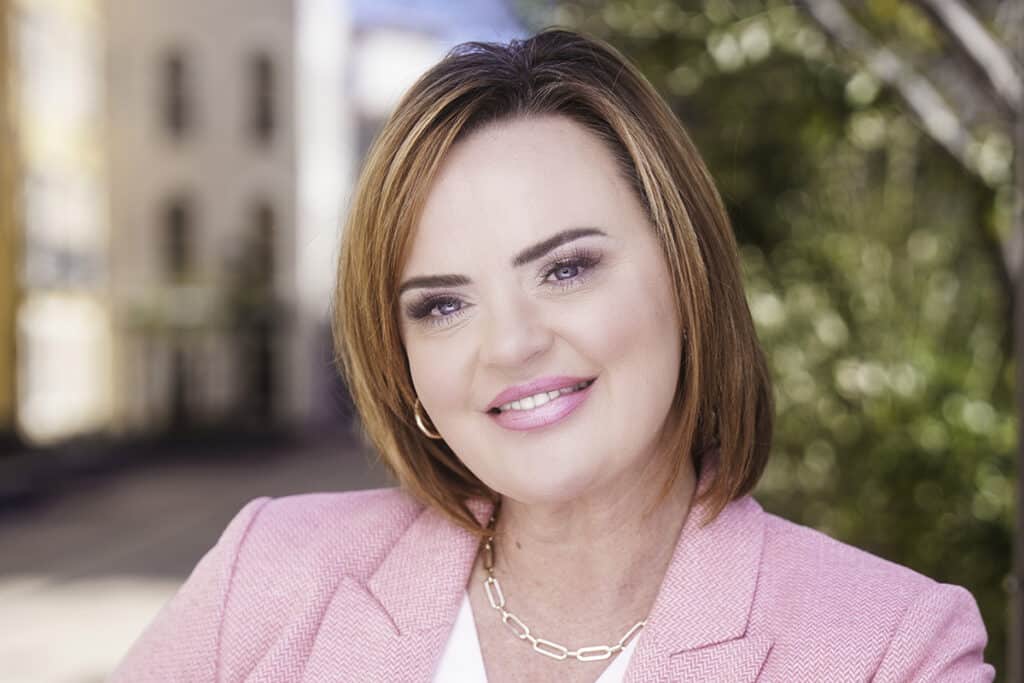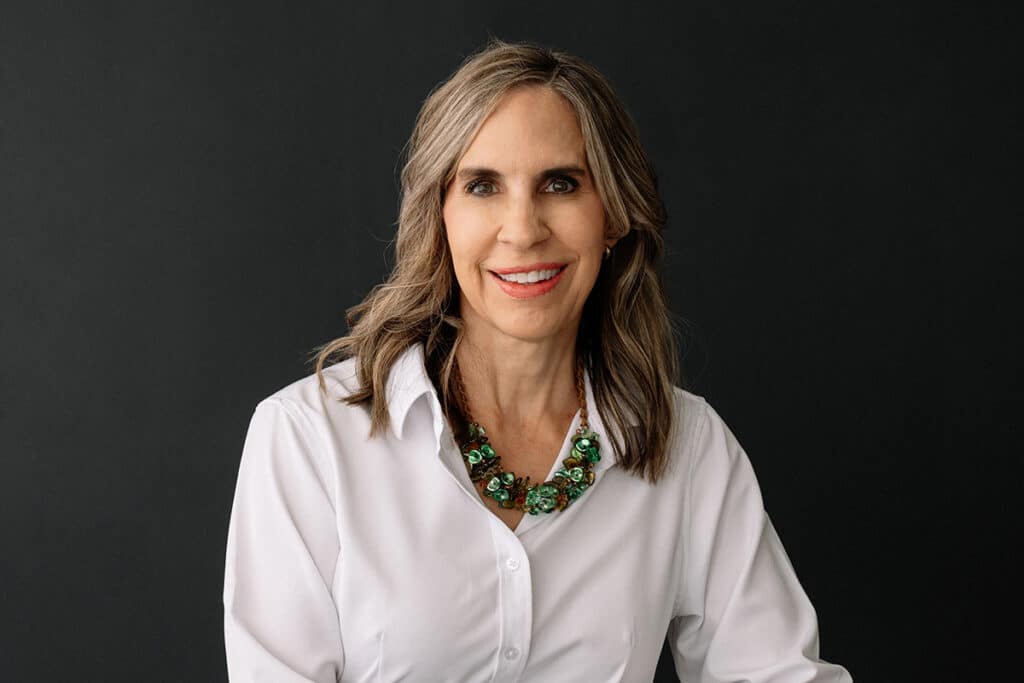Joseph Pilates was an unhealthy child who reportedly suffered from asthma, rickets and rheumatic fever. He believed in the ancient Greek ideal of man — one who is developed in body, mind and spirit. To that end, he studied Zen Buddhism, yoga, Eastern and Western philosophy and anatomy. He trained as a body builder, wrestler, boxer, gymnast/acrobat, skier and diver. While he was working in England as a circus performer and boxer, World War I began. As a result, he was immediately placed in a camp for German detainees. Here, he developed floor exercises now incorporated in Pilates mat work. He also began to work with other detainees who were injured or suffered diseases. He then began to put together some rather crude exercise equipment for use in patient therapy, modifying available objects, such as bed springs and metal rings that held beer kegs together. Two of these strength-building types of apparatus were later perfected and are used in teaching his methods today — the Pilates reformer and the Pilates magic circle.
According to one of his books about Contrology (his name for his methods), he wrote: “Age is gauged not by years but by the suppleness of the spine.” Returning to Germany after the war, in 1925, he trained military police in self-defense and physical exercise. When he was asked to train the German army, he chose to jump on a boat bound for New York City. On this ship, he met his future wife, a nurse named Clara. It was in 1926 that he established his studio in New York, where he continued to perfect his exercise methods and design his own tortuous-looking equipment — with springs, pulleys and the sliding tabletop. Located near many professional dance studios, his place became popular with dancers, who began to incorporate his exercises into their training program to gain additional strength and grace, and for rehabilitation purposes. Joseph Pilates died in 1967. Thereafter, the practice of Pilates, the “living legend,” was spread by his original students. These master teachers are referred to as Pilates Elders.
So, why should you, your spouse, your parents, your friends of all ages … almost everyone … want to check out Pilates?
• Because this form of exercise utilizes both the mind and the body.
• Because balance, flexibility, strength, power and mental focus are utilized to perform it properly.
• Because there is little risk of injury or muscle strain.
• Because the mind is refreshed as well as the body.
• Because one precisely performed Pilates session is said to be worth more than several hours at the gym.
• Because Pilates exercises leave you invigorated instead of exhausted.
• Because results include a longer, leaner body, better posture, higher energy level, increased coordination and balance, flexibility and strength.
• Because proper breath control is an integral part of Pilates. Thinking of the lungs as a bellows to pump air fully in and out of the body, Joseph Pilates wrote: … “lazy breathing converts the lungs, literally and figuratively speaking, into a cemetery for the deposition of diseased, dying and dead germs as supplying an ideal haven for the multiplication of other harmful germs.” OK, let’s all take some deep, cleansing breaths … in … out … in … out.
• Because Pilates increases metabolism, promotes respiratory and circulatory functions, improves bone density and muscle tone.
• Because these exercises can help you to “get centered” and calm your nerves.
• Because Pilates does NOT include mindless, boring, repetitive, exhausting, injury-producing exercises.
Mat or reformer?
Working against resistance is key to the 500 classical Pilates exercises designed to train the body’s “powerhouse,” which includes the abdomen, lower back, hips and buttocks. When using a mat, resistance is created by your own body weight. On the reformer, pulleys and springs create the resistance. Mat classes are easier to find than sessions on the reformer. Check with health clubs and gyms, a referral from a friend or associate, ads in those free “alternative” papers and in the telephone book or online. Since Pilates training is a detailed system of exercise, finding a qualified instructor is essential. Your instructor should have many months of real study, not just a weekend or two of training. He or she should be professional, able to communicate and demonstrate the Pilates basics, provide some individual attention as required and motivate you. In addition, the instructor should be knowledgeable about the appropriate modifications available for each exercise to compensate for any physical limitations you may have, or to make each exercise more or less difficult as required. The instructor should warm you up and should teach you how to complete an exercise safely — how to do it properly and how not to do it, particularly with regard to the neck, spine, back and head placement.
Some instructors and experienced students think one should start with the reformer and then enter into mat sessions, while others think the opposite. Views on whether you obtain results faster on the mat or the reformer are split as well. Both forms were developed to teach you usage of your powerhouse, tone your body and increase the ease of performing daily tasks and sports activities. Classes offering a fusion of Pilates and other exercise methods and equipment — yoga, ball and band classes — are trendy these days. However, the instructor should have experience and training in both methods, hold a certification to teach mat Pilates, or at least have lots of experience. As stated before, this doesn’t mean a “certification” resulting from a weekend of yoga-Pilates or Pilates-on-the-Ball instruction.
Adding Pilates classes, taught by a qualified instructor, can certainly enhance any existing exercise method. In addition, Pilates is a great way to warm up and center your core muscles before entering into a quieter, more meditative practice, such as yoga. Like dancing, yoga provides a lot of flexibility and stretches the muscles, whereas Pilates engages and strengthens them.




